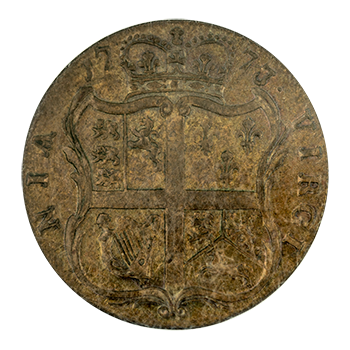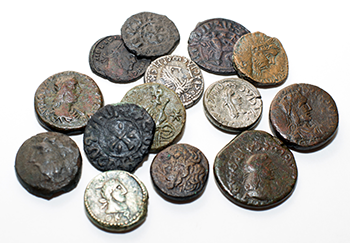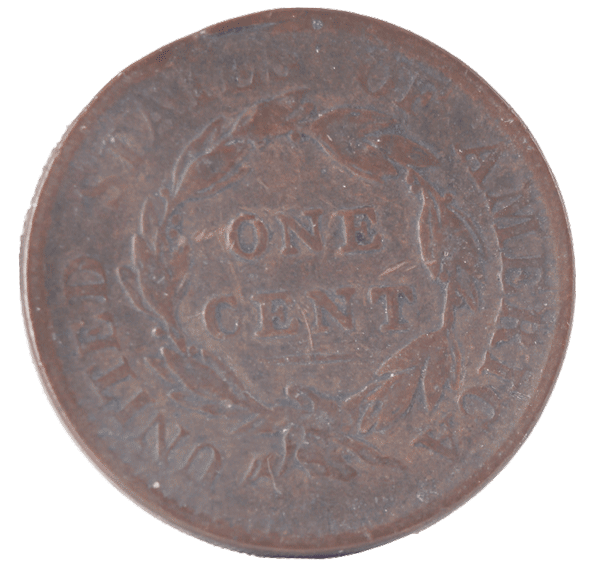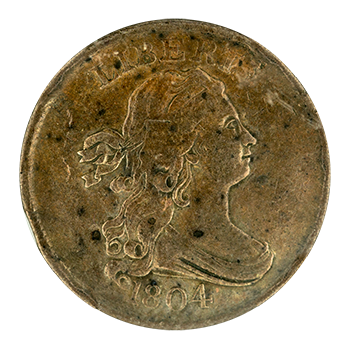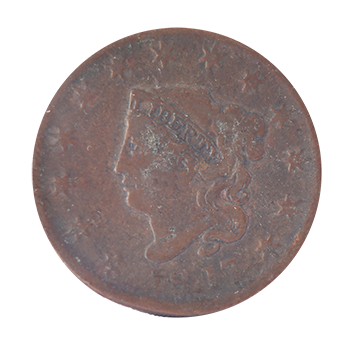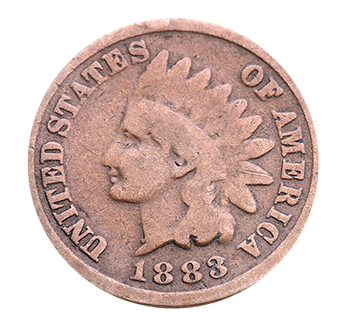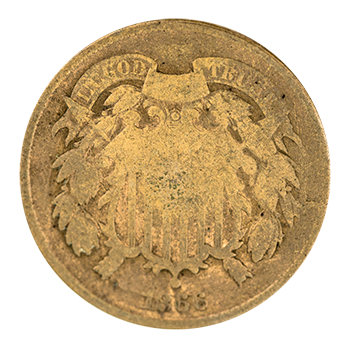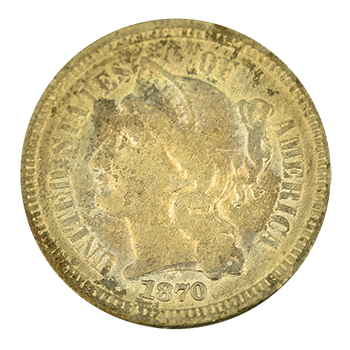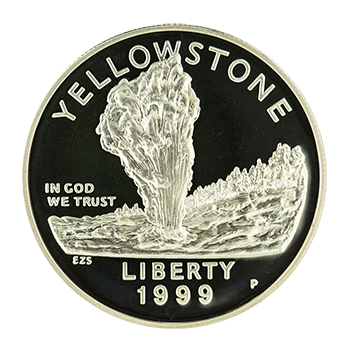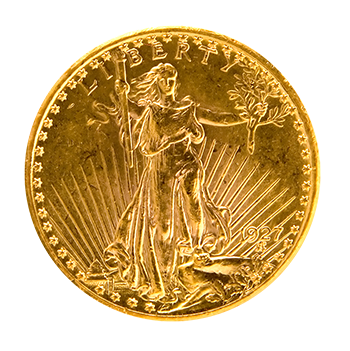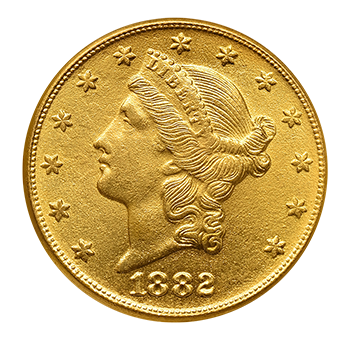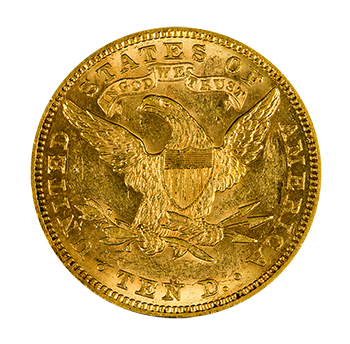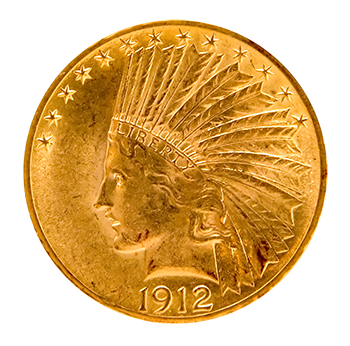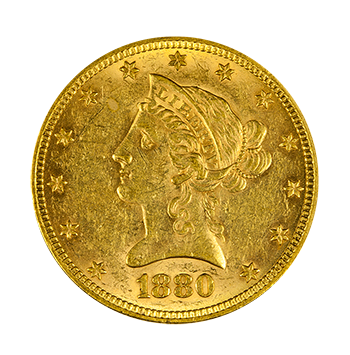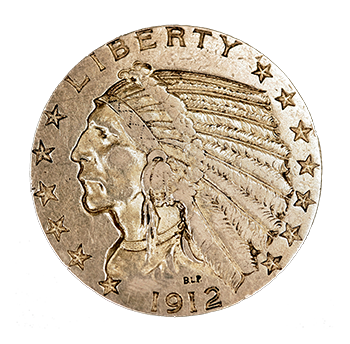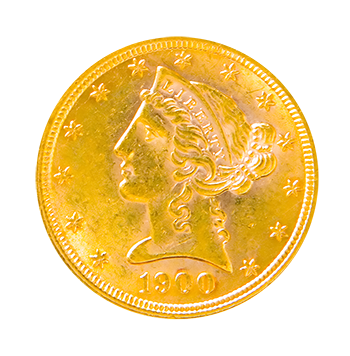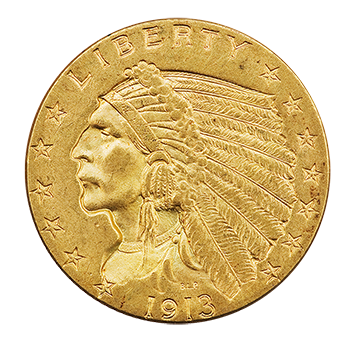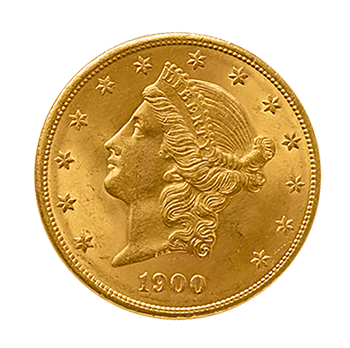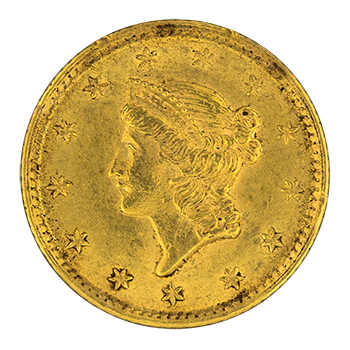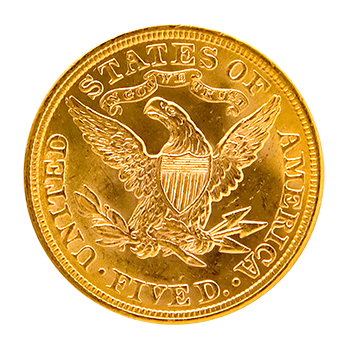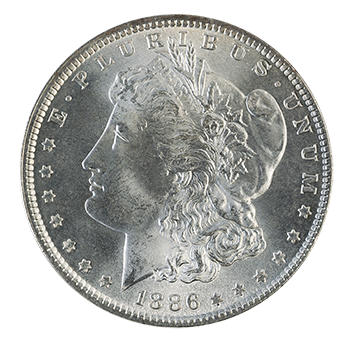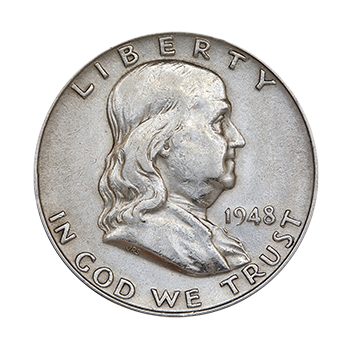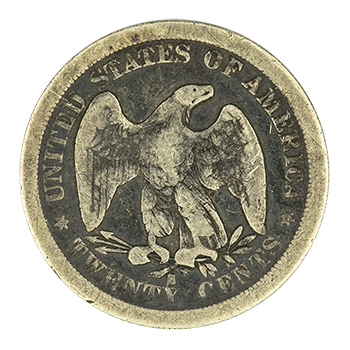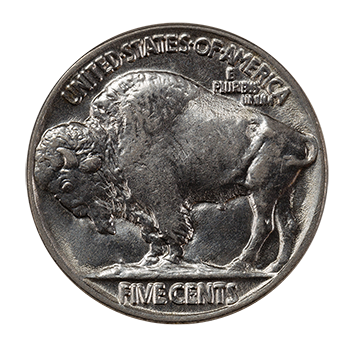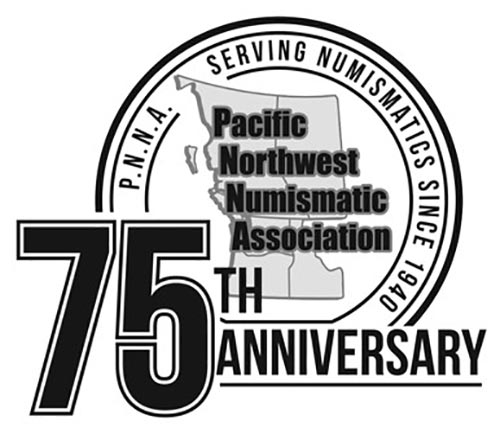
Quarters have been part of America’s currency for more than 200 years. Authorized in 1792, the first Draped Bust quarter appeared in 1796. More than 6,000 of these coins were struck. But then the quarter disappeared until 1804, when it returned for three years with small variations and low mintages. The quarter then disappeared again until 1815, when minting resumed of two variations of the Capped Bust design. Minting of the Capped Bust finally ended in 1838.
In 1838, the United Stated Mint introduced the Liberty Seated quarter. This first iteration had no motto above the eagle. In 1853, a second version appeared, replacing the first, with arrows at the date signifying a decrease in weight and rays around the eagle. The third variety, released one year later and only for two years, used arrows again, but did not have rays around the eagle. Eleven years later came a new version that included the addition of the motto “IN GOD WE TRUST” on the reverse. This version lasted seven years (1866–1873). The final version, containing arrows that signify the adoption of the metric system by the U.S. Mint, lasted eighteen years until 1891.
In 1892, the U.S. Mint introduced the Liberty Head, which was also known as the Barber quarter. Created by Charles Barber, this coin, along with the Barber dime, serves as one of the few examples of an American coin to take the name of the designer (as opposed to the primary design element). In 1916, the Standing Liberty quarter, featuring a bare-breasted Liberty in a long, flowing gown, replaced the Liberty Head design. From 1917 to 1930, a more modest version appeared in which Lady Liberty was covered in chain mail.
In 1932, the George Washington quarter first appeared. It lives on to this day. Originally designed to honor the bicentennial of the first U.S. president’s birth, Congress voted to make the new design a permanent replacement to the Standing Liberty quarter. The first version of this coin contained 90 percent silver. The Coinage Act of 1965 transitioned this purer version to a copper-nickel design. Since then, the coin has had several special series and types, including the Bicentennial (1975–1976), the State series (1999–2008), and most recently, the America the Beautiful program (2010–2021).

